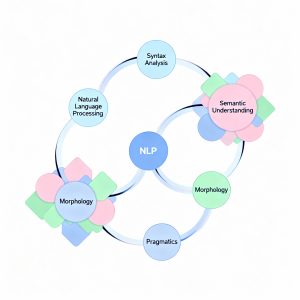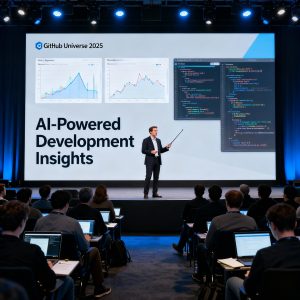The rapid evolution of large language models (LLMs) has sparked a surge of interest in Deep Research Agents—systems designed to perform comprehensive research on specified topics with minimal human intervention. This guide presents a detailed walkthrough for constructing such an agent from scratch, leveraging the capabilities of the DeepSeek R1 reasoning model.
Understanding Deep Research Agents
Deep Research Agents are advanced systems capable of conducting thorough investigations on any given subject. Their workflow typically includes:
- Planning the research process by outlining the structure of the final report.
- Dividing the research into manageable sections.
- Executing in-depth research for each section, utilizing web search tools and reasoning capabilities.
- Reflecting on gathered data to enhance the quality of the analysis.
- Summarizing findings into a cohesive research report.
This guide demonstrates how to implement each of these steps without relying on external orchestration frameworks.
System Overview
Agent Workflow
The agent follows a structured approach:
- User Input: The user submits a topic or query for research.
- Outline Generation: The LLM generates a detailed outline for the research report, specifying the number and focus of sections.
- Section Research: Each section’s description is processed individually to collect relevant information.
- Summarization: All gathered data is synthesized into a comprehensive report, including a conclusion.
- Delivery: The final report is presented to the user in Markdown format.
Model Selection and Setup
SambaNova’s platform provides access to various LLMs, including DeepSeek R1, which is available in both distilled and non-distilled versions. For this guide, the 671B parameter version is utilized, although smaller models can be substituted as needed. Users can register on the platform and obtain API access without providing payment details, making it easy to experiment and build.
Technical Implementation
Defining System State
A robust state management approach is crucial for tracking the agent’s progress. The system’s state is structured as follows:
- Report Title: The main subject of the research.
- Paragraphs: Each containing a title, content, and research metadata.
- Research Metadata: Includes search history, the latest summary, and the count of reflection iterations.
Python’s dataclasses are used to implement these structures, ensuring clarity and maintainability.
Generating the Report Outline
The agent begins by prompting the LLM to create a logical report structure. The model returns a JSON object outlining each paragraph’s title and content, which is then parsed and stored in the system state.
Conducting Web Searches
A dedicated web search tool, such as Tavily, is integrated to fetch relevant information based on queries generated by the LLM. Search results, including URLs and content, are appended to each paragraph’s research history for further analysis.
Planning Effective Search Queries
For each section, the LLM is prompted to generate an optimized search query, along with reasoning to justify the query’s focus. This ensures that the agent retrieves the most pertinent data for each research segment.
Summarizing Initial Findings
After the first round of search results is collected, the LLM synthesizes the information into a well-structured summary, aligning with the intended content of the paragraph. This summary is stored as the latest state for that section.
Reflection and Iterative Enhancement
To maximize the depth and accuracy of the research, the agent enters a reflection phase. The LLM reviews the current summary and identifies any missing perspectives or areas for improvement. It then formulates new search queries to address these gaps, and the process repeats for a predefined number of iterations.
Final Report Compilation
Once all sections have undergone research and reflection, the agent compiles the latest summaries into a cohesive Markdown report. If a conclusion is missing, the agent generates one based on the overall findings.
Practical Coding Tips
- State Management: Use Python dataclasses to maintain clear and organized state across research stages.
- Output Cleaning: Implement functions to strip unnecessary tags or reasoning tokens from LLM outputs for cleaner processing.
- API Integration: Ensure environment variables are securely managed for API keys and endpoints.
- Reflection Loop: Set a maximum number of reflection iterations to balance thoroughness with efficiency.
Conclusion
By following this structured approach, anyone can build a powerful Deep Research Agent capable of automating complex research tasks. Leveraging DeepSeek R1’s reasoning abilities, the agent can plan, search, reflect, and synthesize information into high-quality research reports with minimal manual intervention.
Read more such articles from our Newsletter here.



